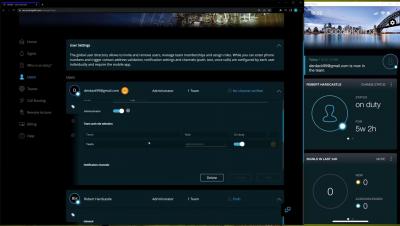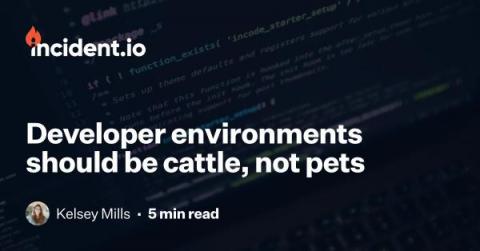Operations | Monitoring | ITSM | DevOps | Cloud
Incident Management
The latest News and Information on Incident Management, On-Call, Incident Response and related technologies.
Time to Upgrade? Why Traditional Pagers Are No Longer Enough
When it comes to time-sensitive events, instant, reliable communication is key. In the past, pagers were relied on for quick communications as they allowed people to communicate on the go and without access to a landline. But today, the availability of cellphones has made the portability of communication devices a standard feature, and communication technology has advanced significantly, begging the question – What is the use for pagers today?
Runbook Automation | What It Is & How To Do It
Create a service catalog that grows with you
When your incident response process is centered around a service catalog, responders are able to more quickly pinpoint the service or functionality that’s down, bring in the team or experts, and then get to solving the problem faster. Saving even a few minutes can have a big impact on decreasing the costs around incidents and outages, so having up-to-date service details at your fingertips can make all the difference.
Squadcast + HaloPSA Integration: Enabling Streamlined Incident Response & Alerting
Developer environments should be cattle, not pets
Cattle, not pets is a DevOps phrase referring to servers that are disposable and automatically replaced (cattle) as opposed to indispensable and manually managed (pets). Local development environments should be treated the same way, and your tooling should make that as easy as possible. Here, I’ll walk through an example from one of my first projects at incident.io, where I reset my local environment a few times to keep us moving quickly.
Admin Panel - General Settings - xMatters Support
HowTo Happy Hour: Process Automation Runners Deep Dive
Redundancy for IT resilience: The backup guide for a disaster-proof network
Around six years ago on a Wednesday morning, software professionals worldwide were startled by a tweet from GitLab stating that they had accidentally deleted their production data, causing their site to go offline. Unfortunately, at that point in time, the open-source code repository giant had no idea that it would take them another 36 hours to restore their systems only to learn that 5,000 projects and 700 new user accounts were affected while they were fixing the outage.











